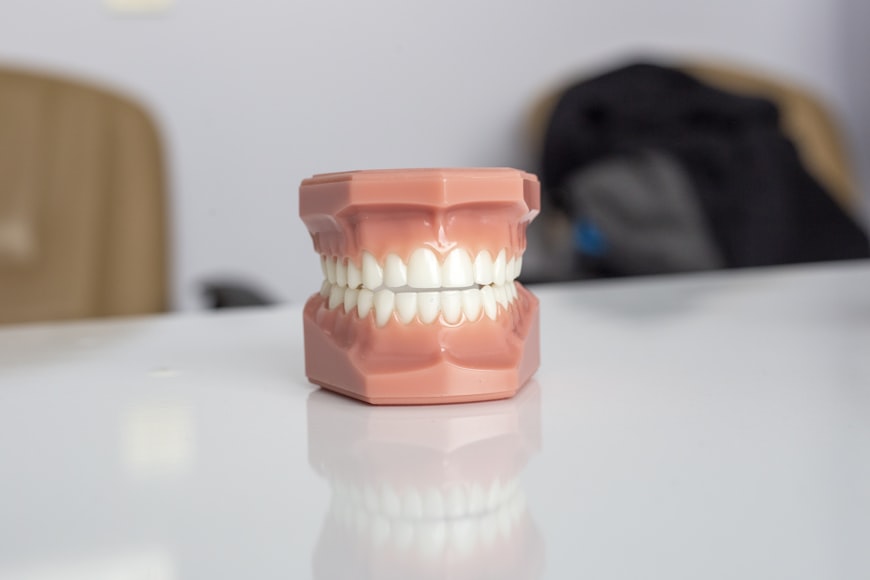The Impact of Modern Lifestyle on Back Health
Back pain can be annoying for anyone, especially if you have to deal with it even in the middle of a busy workday. For most working adults, back pain is a constant complaint. Our fast-paced and stressful lifestyle can put a lot of strain on our backs. Throw in the emotional and physical demands of our professions and you certainly have a viable circumstance for developing chronic back ailments.
We cannot simply lie down or soak in a hot bath anytime we feel our muscles going taut and tense, but we certainly can minimize the risk of contracting back injury in the long run. A balanced diet, sufficient sleep, and a well-adjusted work environment all contribute to maintaining good back health.
Maintaining a Good Posture and Active Lifestyle
Most low back pain can be cured by simply staying active, avoiding strenuous activities that overwork your back, and maintaining proper posture while executing various tasks during the day. You can prevent back injury simply by adopting natural poses while sitting, standing, or doing any physical activity.
Exercise Ideas for a Stronger Back
But if you want to go the extra mile and secure a healthy back for the future, you might want to try doing regular exercises aimed at relaxing or strengthening your back muscles. Here are some exercise ideas you can engage in during your free time, without having to go to the gym and buy expensive exercise equipment:
Floor Exercises for Immediate Relief
Ease the strain on your back by doing floor exercises. Lie on the floor with a pillow under your knees. Alternatively, you can put your feet up on a chair, with your knees and hips bent at a right angle. This position takes the weight off your back and allows your muscles to relax. Don’t lie facedown because such a position forces you to twist your neck to breathe, defeating the purpose of relaxing your spine. You may need at most 2 days of this kind of rest to fully recuperate. Resting for much longer can be counterproductive because it weakens your muscles and slows down your recovery.
Embracing Aerobic Activities
Create an aerobic exercise program you are comfortable with. Aerobic exercises such as running, biking, swimming, and walking can go a long way toward minimizing, preventing, or even eliminating back pain. Start the routine one or two weeks after you feel the beginnings of back pain. It is not a good idea to exercise for very long periods of time. Start slowly, such as engaging in an activity for 10 minutes a day, and increase the time and difficulty of your exercise as you go along. This helps your body adjust to the routine and recover from the pain more fully.
The Power of Stretching
Do core strengthening exercises to support your spine. Our spine is what keeps our entire body erect and away from the incessant pull of gravity. Naturally, if we put too much pressure on our back by having weak muscles and poor posture, back pain, and injury will result. Strong abdominal muscles, quadriceps (front of the thighs), and buttocks all contribute to aligning your spine properly and increasing the mobility of the spinal joints. Some core strengthening exercises include curl-ups and knee-to-chest stretching. Core strengthening exercises can be done every other day, beginning with 5 repetitions for every routine.
Flexibility and Relaxation
Engage in stretching exercises to keep your muscles flexible and less susceptible to injury. Cramped, tense muscles often cause a searing pain in the low back, thus preventing you from executing your activities freely. You can do stretching exercises singly or after performing a core strengthening exercise routine. This type of physical activity is best for people whose back pains can be eased just by standing and sitting. It is best to hold your stretched position for 60-90 seconds for as many rounds as it will take to loosen up your tightened muscles. When you stretch, you should feel a gentle tension on the muscles you are stretching, not pain. Consult a doctor immediately if exercise only aggravates the pain.
Relaxation Techniques for Back Pain
Learn a relaxation technique. You may alternate your physical activities with deep breathing, yoga, or meditation to help you relax. Close your eyes, breathe deeply, and count backward from 100. The good thing about this activity is that you can do it almost anywhere, even in your office. Performing deep breathing helps you relax naturally and pinpoint the parts of your body that feel achy and tense.
Caring for the Neck and Shoulders
Perform neck rolls every now and then. People who engage in back exercises are likely to forget that their neck muscles can get taut and painful, too. To help your neck relax, stand or sit up straight in your chair and drop your head to your chin. Roll your head to one side, let it drop, and roll again in the opposite direction. Keep your shoulders and neck relaxed as you perform this activity. Be careful not to roll your head backward. Repeat this 10-15 times or until you feel relaxed enough.
Utilizing Exercise Balls for Back Strengthening
Use an exercise or stability ball. Physical therapists use the exercise ball to help develop balance and stability in their patients. The softer the ball is, the easier it is to balance yourself on it, and the further the ball is positioned from your body, the harder the routine. You can try a variety of exercise routines, such as sitting on the ball or lying across it. This type of exercise tightens the abdominal and back muscles.



